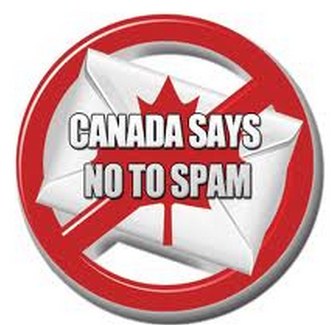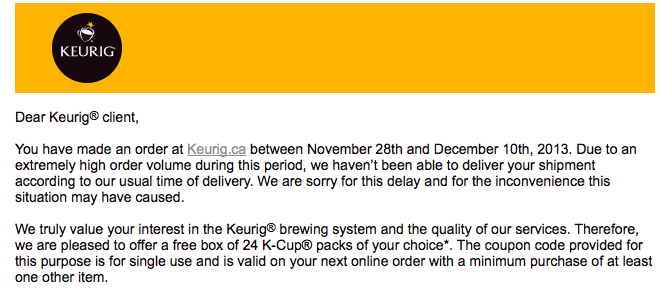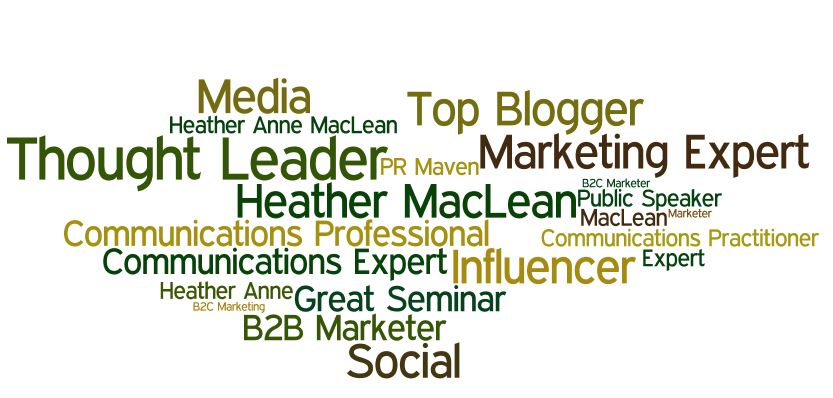My 6 Must Reads from 2013
I don’t make New Years resolutions. I don’t believe in them. However, I do use this time of year to take inventory and edit. So far I have removed over 100 pounds of paper from my house and have laundered and prepared three large bags of clothes to take to one of our local charity shops. My next stop was my library. I realize that I amassed a lot of new books in 2013. Despite being in edit and purge mode though, I can’t get bring myself to ever dispose of books – except text books. My collection of books tends to be heavy on biographies followed by business books. Of course there is a bit of the fiction types that take me away into another world and time. Thankfully being a part of a book club forces me to have more of the latter. That is a good thing. In reviewing and organizing my new additions from 2013, there were definitely six books that stood out and, if asked, I would recommend. Here are my top picks from 2013:
Audience: Marketing in the Age of Subscribers, Fans and Followers, by Jeffrey K. Rohrs
This is a great book that really helps organizations to understand and value the role of an audience. @jkrohrs uses great stories and examples to get the point across.
David and Goliath: Underdogs, Misfits, and the Art of Battling Giants, by Malcolm Gladwell
I really loved this book. It did make me stop and think about a lot of things. @Gladwell did a masterful job of looking at things differently. I had more “aha” moments reading this book than I have for a long time.
Influence Marketing: How to Create, Manage, and Measure Brand Influencers in Social Media Marketing, by Danny Brown (@DannyBrown) and Sam Fiorella (@samfiorella)
This is another one of my favs of 2013. If you are interested in Influencer Marketing, then this is the book for you. It is a great source for the history and evolution of the topic. The book also gives great information for your strategy. For more detail on this book, check out my review by clicking here.
Lean In: Women, Work, and the Will to Lead, by Sheryl Sandberg
Of all the books on my list this is no doubt the book that has been discussed the most. To be honest I needed to take time and reflect about this book. There was so much hype about it and its author, I almost unfairly dismissed it and left it off the list. That would have been unfair. It is a good read and one that should be read by both women and men.
WTF (What’s the Future) of Business, by Brian Solis
@Briansolis gives good insight into metrics and the changes that need to occur to keep pace. Having worked in more than six industries, metrics is one of the common themes. What are the right things to measure and how best can organizations achieve the right ROI? Great food for thought can be found in these pages.
Youtility: Why Smart Marketing is About Help Not Hype, by Jay Baer
@jaybaer is one of my favs when it comes to marketing advice. One of the things that I like best about his advice is that he is just so grounded. His advice is based on what most would say is common sense. That being said, very few people have common sense and so many people complicate things unnecessarily.
There were a lot of great books released in 2013, what books would you add to the list?












